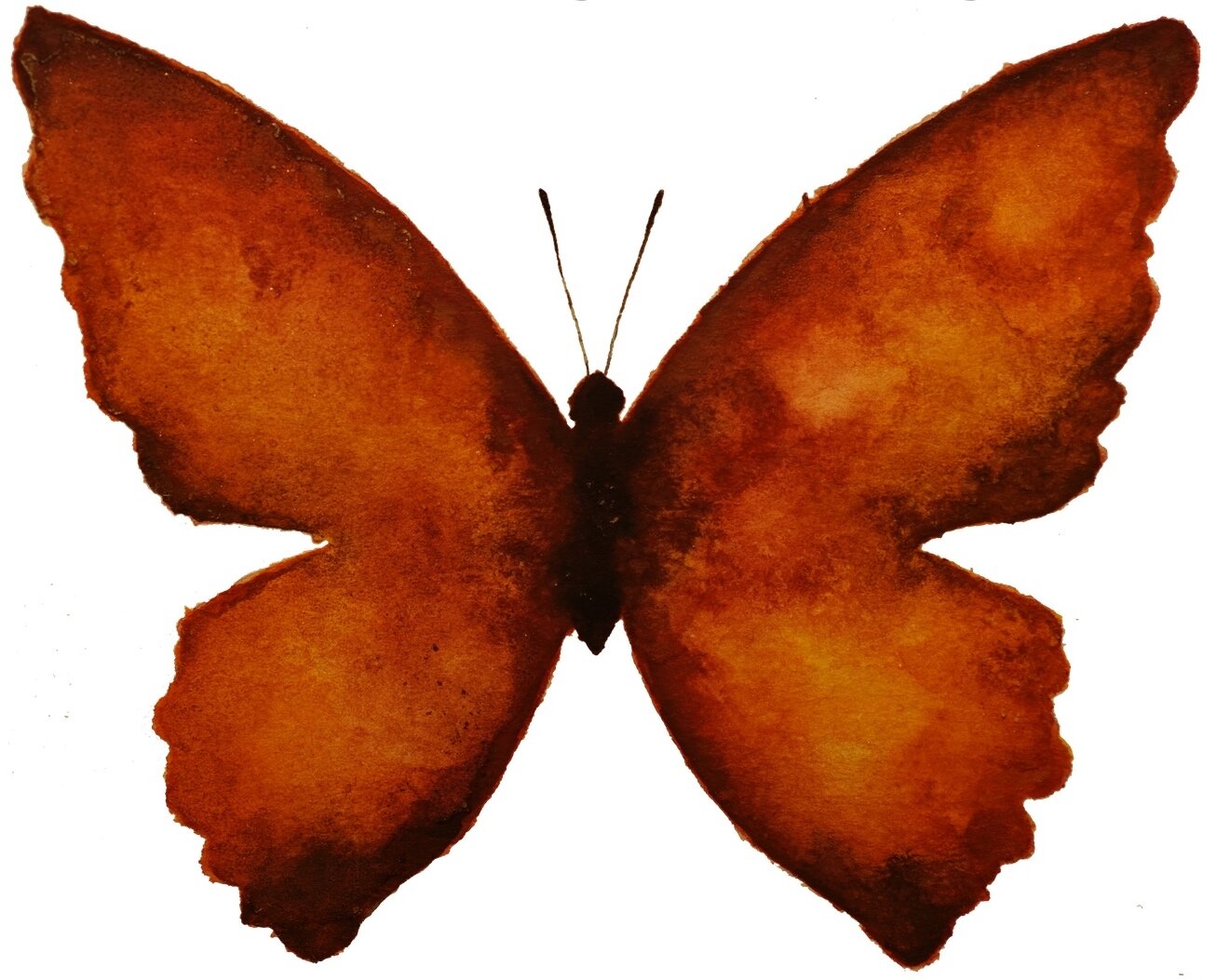Self Help Anxiety Tip: The Long Exhale

Photo by Andrea Manor Castelletti
Breathing is a unique physical act, it's the only automatic function your body performs that you can directly influence. When you learn to direct your breath you can have a positive impact on your well-being. You can use your breath to diffuse stress, slow your heart rate, calm your nerves and look after your immune system.
Here's one simple way to work with your breath that can help you feel more calm in just a few minutes. The great thing about this technique is it's really discreet - no-one can see you're doing it, so you can practice at traffic lights, on a train, while standing in a queue, in meetings, or at school pick up time. You can try it if some one is irritating you, or any time you feel anxious or angry and within a couple of minutes you will begin to feel more relaxed.
here's how to do it:
1. You can do this sitting or standing. Drop your shoulders and let your jaw relax.
2. Now breath in slowly through your nose and count to four. Keep your shoulders down and allow your stomach to expand as you draw your breath in.
3. Hold for a moment.
4. And now release your breath slowly and fully as you count to seven.
5. Repeat for a couple of minutes (or as long as you feel like it).
You'll have noticed that you are taking longer to breath out than you are to inhale. This is common in many breathing exercises for relaxation because you send a direct system to your mind and nervous system to relax when you lengthen your outgoing breath
The pause between your incoming and outgoing breaths gives you a moment of stillness where everything is suspended, if you can learn to focus on that moment you will find it a really calming experience.
Related self help anxiety tips:
Anxiety Breathing technique: The Bumble Bee Breath
Self Help Anxiety Tip #1: Challenge Anxious Thoughts
New here? Let's Connect.
Thanks for stopping by. If you enjoyed this post we invite you to subscribe so you can receive our new articles and podcasts as soon as we publish them...
 Get email updates |
Get email updates | ![]() Subscribe via RSS |
Subscribe via RSS |  Follow us on Twitter |
Follow us on Twitter |  join us on facebook
join us on facebook
